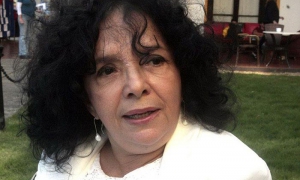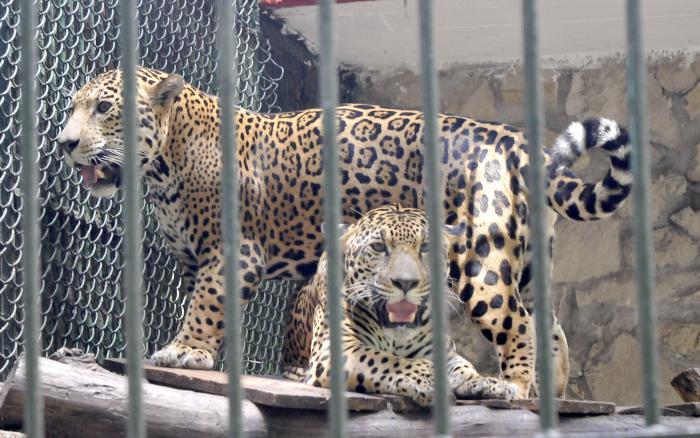
This African hippopotamus only allows his caretaker Osmani González Porto to get so close. Just like other animals in the Zoo, this mammal was also born in the center and can be very dangerous in water. The big cats – lions, jaguars, leopards, pumas – have always had a special place at the Zoo. A stable captive breeding population is being maintained among the endangered American jaguar species. This breeding program benefits different zoos on the island and facilitates exchanges in order to improve the gene pool of this species in other countries. Jorge Carvajal, big cats caretaker, emphasized the care and processes these animals must undergo before being displayed to the public, and highlighted the importance of respecting the animals. Photo: Alberto Borrego Ávila Foto: Alberto Borrego
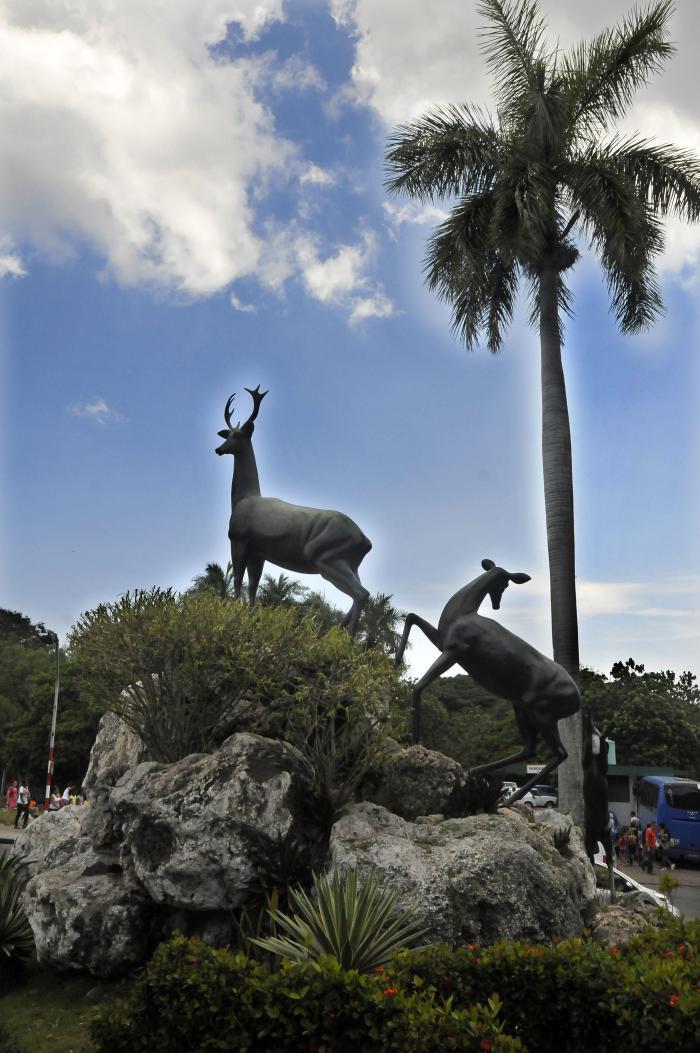
Featuring among the works of art on display at Zoo 26 is La familia, various sculptures by Rita Longa, inspired by animals from the park itself. Other pieces which distinguish the facility are El niño y el pelícano, by Jilma Madera, and López Mestre’s La fuente de las muñequitas. Photo: Alberto Borrego Ávila Foto: Alberto Borrego
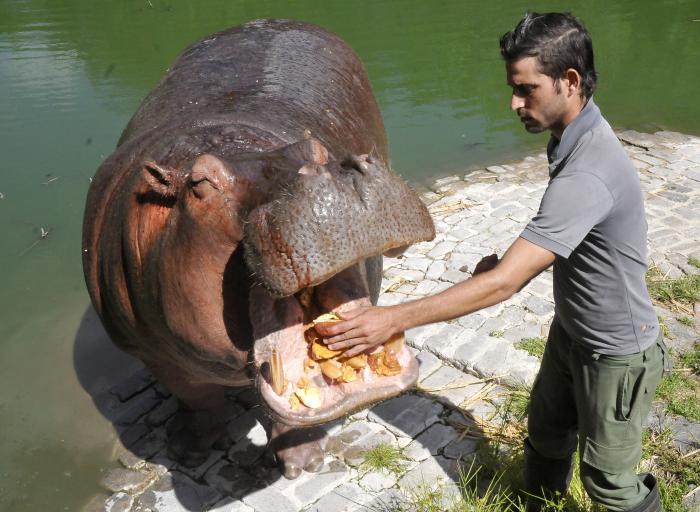
This African hippopotamus only allows his caretaker Osmani González Porto to get so close. Just like other animals in the Zoo, this mammal was also born in the center and can be very dangerous in water. All caretakers are qualified Intermediate Level Veterinary Technicians. Depending on their responsibilities, every technician undergoes specialist training to care for different animal groups. Vets and biologists also work at the park. Photo: Alberto Borrego Ávila Foto: Alberto Borrego
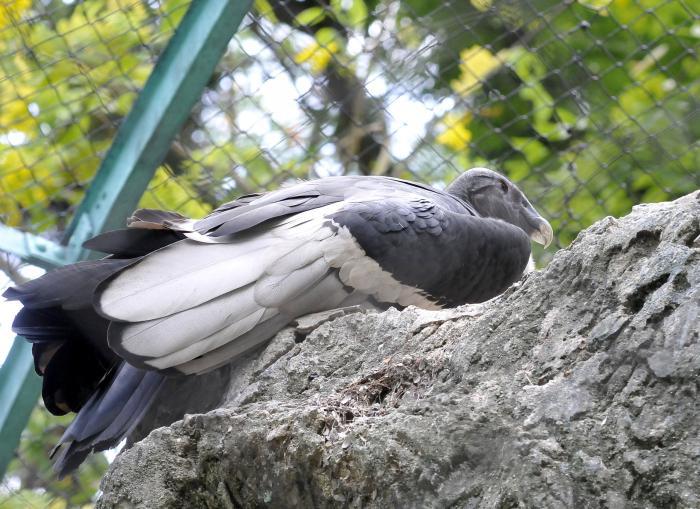
Important work has also been carried out with the Andean Condor. The first pair arrived in the country in 1972, donated by President Salvador Allende. Eight years later specialists were able to breed chicks under conditions and temperatures similar to those of their native country. One of the eggs was taken to Argentina were a male chick was happily born and eventually freed to fly across the Andean mountain range of this southern nation. Pictured is Alba, a female chick born in the Cuban zoo. Photo: Alberto Borrego Ávila Foto: Alberto Borrego
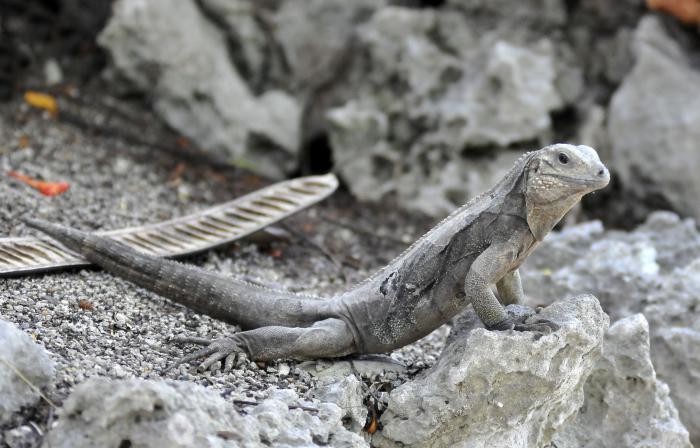
Cuban fauna is not to be missed. The Cuban iguana (endemic species), Santa María majá (poisonous snake) conga jutía (bush rat) have always formed part of the park’s collection. Added to these will be the first exemplars of Cuban amphibians and reptiles, with the aim of deconstructing myths around these species. Photo: Alberto Borrego Ávila Foto: Alberto Borrego
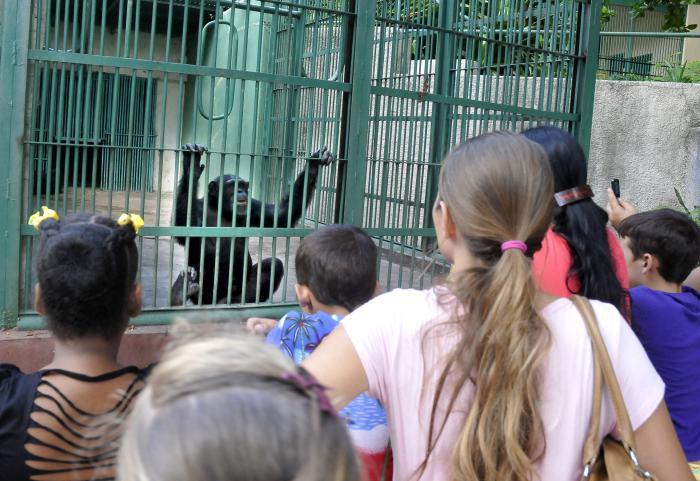
Zoo 26 is home to Cuba’s most important colony of chimpanzees; in large part due to the work begun by Rosalía Abreu y Arencibia, the first person in the world to successfully breed this species in captivity, on April 24, 1915. The first chimpanzees arrived in Cuba from the United States in 1956, but it wasn’t until 1975 that the first chimp was born in the Havana Zoo. Photo: Alberto Borrego Ávila Foto: Alberto Borrego
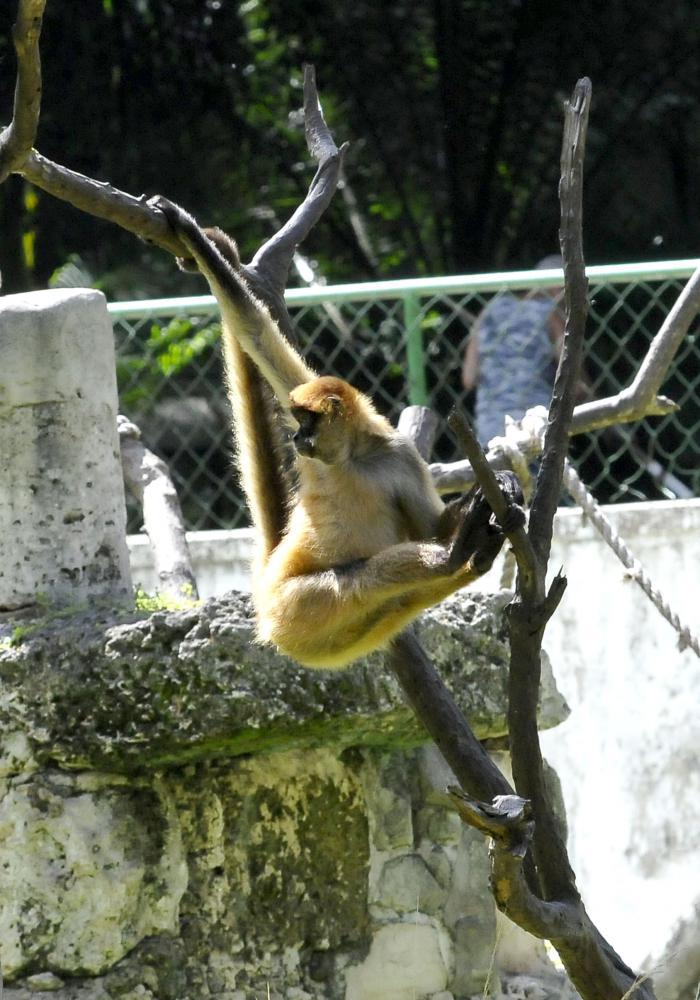
The spider monkey is currently facing extinction. Native to the Americas, it owes its name to its prehensile tail, which enables it to hang from trees, functioning like another extremity. This is a characteristic of American monkeys which differentiates them from their African and Asian equivalents. The only exemplars which exist in Cuba can be seen at the Zoo. Photo: Alberto Borrego Ávila Foto: Alberto Borrego
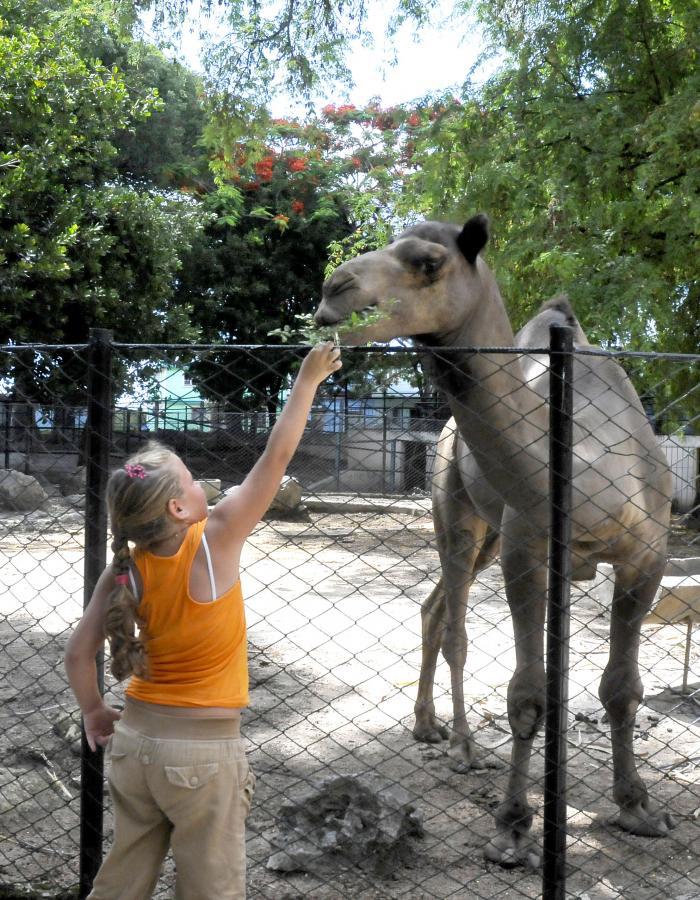
The Zoo covers an area of 23.4 hectares, with 85 species currently on display. Visitor numbers can even reach 8,000 a day, during the summer vacation months. Photo: Alberto Borrego Ávila Foto: Alberto Borrego
Having access to food and water, medical care, living among one’s own kind, having an area to rest in a relaxing and safe environment, could well seem like the kind of conditions demanded by international organizations, committed to protecting the rights of vulnerable groups. However, these are five rights which all animals also have, from the domesticated house pet, to the largest and most fearsome jungle beast.
Raúl Campos Talabera, microbiologist and historian at the Havana Garden Zoo, better known as Zoo 26, and some of the technical team, and specialists he works with, provided information about this issue.
Among the institutions of this type, Zoo 26 is the largest and oldest in the country and, at the same time, houses the greatest number of animals. It is currently undergoing renovation, with several areas closed off to the public, despite which it continues to be an attractive option for all ages during the summer vacation. Let the pictures convince you, with an eloquence words cannot express.
EXTRA
The Havana Tropical Garden Zoo was founded in 1938, an initiative of a group of university professors. At that time (the late 30s to mid 40s) it was located on the grounds of the old La Rosa farm, but despite good intentions, suffered from a lack of resources.
The facility benefited from the subsequent construction of 26th Avenue in 1947. During this period an entrance way, the first lakes, lagoons, and lion and bear pits were built. Later came a period of relative abandonment, until after the triumph of the Revolution, when it was reopened - once again with government support.
Over the last nine years the Zoo has been carrying out environmental education efforts which feature 11 career guidance programs in collaboration with local schools, and include the participation of children with special needs.
These educational efforts also include initiatives taking place in the months of July and August, such as science events, senior citizen workshops, and another eight programs all related to fauna, and hugely popular with the Cuban public.












